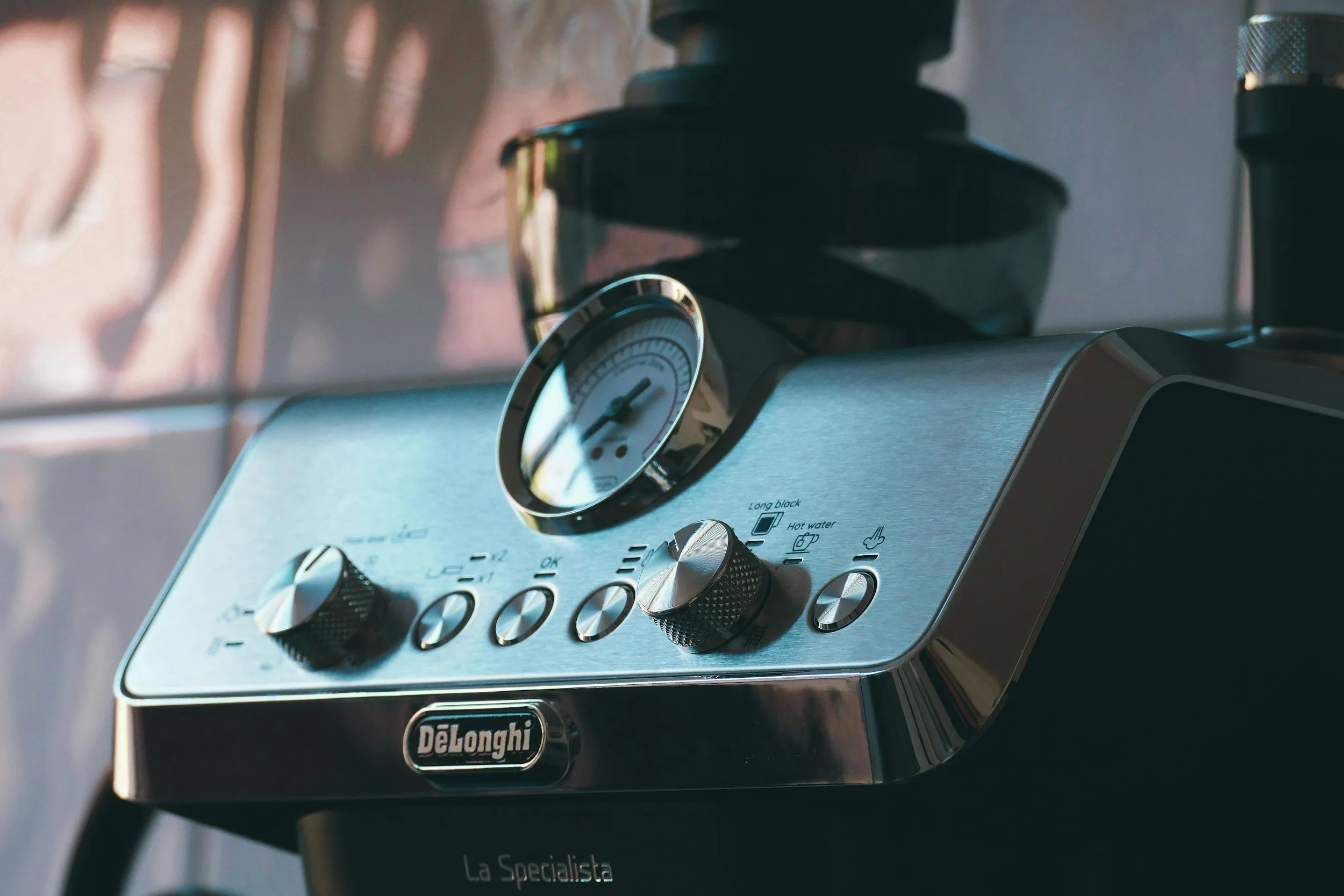The Secret to Streak-Free Stainless Steel: A Professional's Guide
I've discovered that the best solution for streak-free stainless steel isn't in any fancy bottle – it's probably sitting in your pantry right now. But before I reveal my secret weapon, let me tell you why those expensive cleaners aren't giving you the results you want.
Why Your Stainless Steel Still Looks Streaky
Here's what most people don't realize: those streaks aren't just from fingerprints. They're actually tiny scratches from cleaning with the wrong materials, and layers of product buildup that attract more fingerprints. As a professional cleaner, I see this mistake in almost every home I visit.
The Ultimate Solution
Ready for my professional secret? It's mineral oil – the same stuff you can buy at any pharmacy. But the magic is in the method, not just the material.
What You'll Need
Dish soap (just a tiny bit)
White vinegar in a spray bottle
Mineral oil
Microfiber cloths (at least 2)
Soft paper towels
Warm water
My Foolproof Method
First, we need to remove all the old product buildup. This is essential! Dampen a microfiber cloth with warm water and a tiny drop of dish soap. And I mean tiny – about the size of a pea for your whole kitchen.
Here's my secret: Always wipe in the direction of the grain. Yes, stainless steel has a grain! Look closely and you'll see tiny lines running either horizontally or vertically. Following these lines prevents micro-scratches that cause streaks.
After the soap clean, spray lightly with vinegar and wipe with a clean microfiber cloth – again, with the grain.
Now for the game-changer: Put a small amount of mineral oil on a paper towel and wipe in long, even strokes with the grain. Less is more here! You want the thinnest possible layer.
Final step: Buff with a clean microfiber cloth. This removes any excess oil while leaving a protective finish that repels fingerprints.
Common Mistakes I See
After years of cleaning high-end kitchens, here are the biggest mistakes I notice:
Using too much cleaner
Wiping against the grain
Using abrasive sponges or cleaners
Not drying thoroughly after cleaning
Using products containing bleach or chlorides
Special Situations
For Really Grimy Appliances
Make a paste with baking soda and water
Apply with a soft cloth, going with the grain
Let sit for 5 minutes
Wipe clean and follow with my regular method
For Water Stains
Heat distilled white vinegar
Apply with a soft cloth
Wipe immediately with a dry cloth
Follow with the mineral oil method
Next week, I'll share my secret method for getting your windows so clean, birds might fly into them! (Just kidding – I actually add a subtle pattern to prevent that!)


